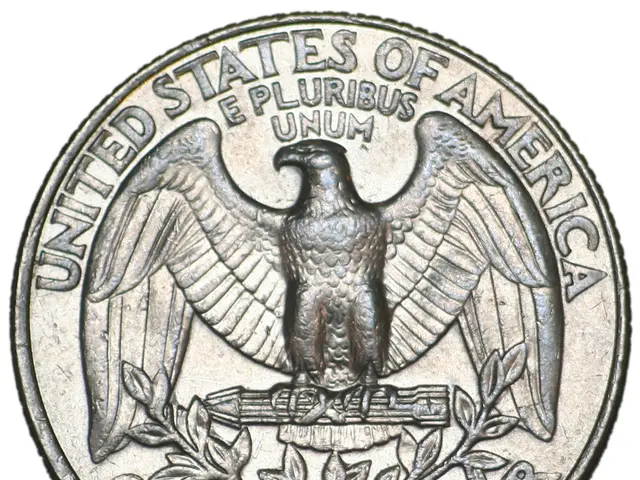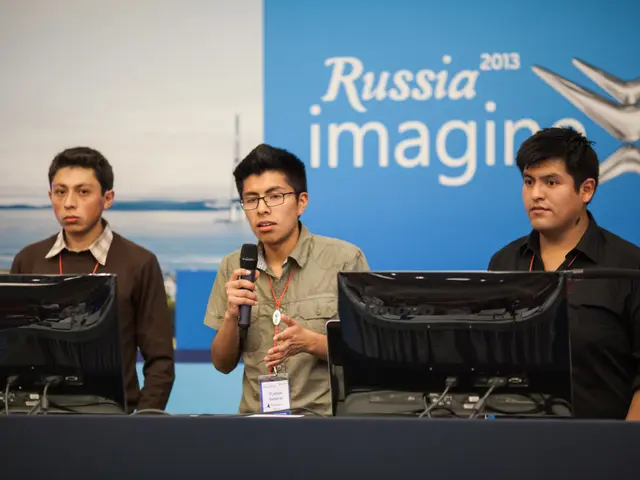Increased government attention on export activities in the United States might ensue
The U.S. government has struck a significant deal with two major chip companies, Nvidia and AMD, regarding the export of chips to China. The agreement, which involves a percentage-based share of sales to the U.S. government, marks a unique development in the complex landscape of U.S.-China trade relations.
The deal came about following persuasion from Nvidia CEO Jensen Huang, who managed to ease the tightened rules imposed by the Trump administration in the spring. These rules had previously affected the delivery of AI chips from Nvidia to China, including the specially stripped-down H20 systems.
The agreement, though currently limited to the chip industry, could potentially be expanded to other industries. U.S. Treasury Secretary Scott Bessent hinted at this possibility during a US Bloomberg TV interview. However, as of August 2025, there is no publicly available information about a specific US-China licensing fees agreement expanding to other industries, nor a detailed timeline or list of industries affected by such an expansion.
The recent developments in U.S.-China economic relations have mainly focused on tariff rates and their extensions. In August 2025, the two countries agreed to extend a tariff truce by 90 days, until November 10, 2025, maintaining reduced tariffs (30% US tariff on Chinese goods, 10% Chinese tariff on US goods), thereby avoiding a sharp escalation of tariffs that could have significantly disrupted trade during the critical holiday season.
The agreement with Nvidia and AMD is significant not only because it involves two industry heavyweights but also because of its potential implications for other industries and their exports to China. The percentage-based share of sales could set a precedent, leading to fees being paid by other industries to the U.S. government for export licenses to China.
It's important to note that the focus of current trade negotiations remains on tariffs, trade negotiation timelines, and potential diplomatic meetings. Industries explicitly affected by tariffs include broad categories of goods covered under the tariff schedules, but these are not delineated in the context of licensing fees or fee agreements.
As the situation evolves, it will be interesting to see how the potential expansion of this agreement could shape the future of U.S.-China trade relations and impact various industries.
Read also:
- Intensified farm machinery emissions posing challenges to China's net-zero targets
- EU Fuel Ban Alerts Mercedes Boss of Potential Crisis
- Nuclear plant revitalized: Artificial intelligence-led demand breathes life into the Great Lakes nuclear facility
- Varieties of Grains: A Look at the Differences Between Corn and Maize







